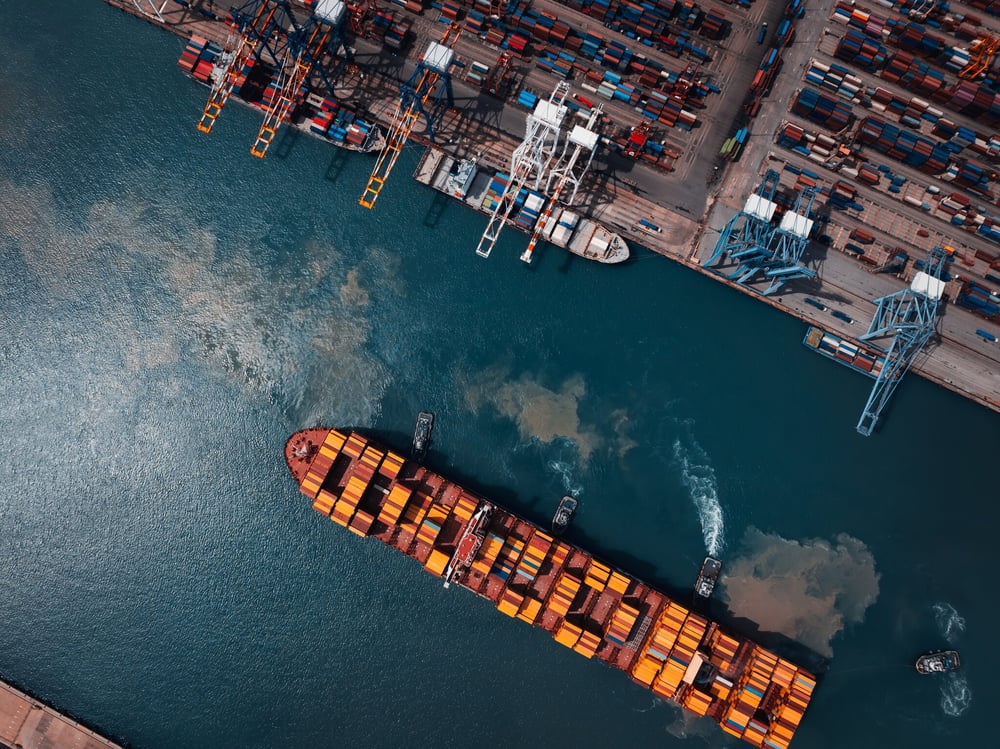Translated by
Nazia BIBI KEENOO
Published
May 15, 2025
Bangladesh, one of the world’s leading textile exporters, has taken a decisive step to upgrade its trade infrastructure. At the end of April, the country signed an agreement to construct its first deep-sea port in Matarbari, located 350 kilometers south of Dhaka. The project is expected to significantly accelerate garment exports and reduce the country’s dependence on regional transshipment hubs such as Colombo and Singapore.

The Chittagong Port Authority (CPA) finalized the agreement with a Japanese joint venture composed of Penta-Ocean Construction Co. Ltd. and TOA Corporation. The first development phase involves the construction of a 760-meter container terminal, scheduled for completion by 2029. This terminal will be capable of accommodating large international container ships—up to 350 meters in length and carrying as much as 100,000 tons of cargo—traveling between Asia and Europe.
The initial investment for this phase is 500 million euros, while the overall project is expected to cost 1.8 billion euros. In parallel, the government plans to execute major highway expansions by 2041 to reinforce the national transport infrastructure supporting the port.
For years, the Bangladesh Garment Manufacturers and Exporters Association (BGMEA) has advocated for this development, emphasizing its strategic value for the textile sector. The new port will streamline the import of raw materials for garment manufacturing and offer greater independence from Sri Lanka’s Colombo port, which currently manages about 80% of Bangladesh’s transshipment cargo.
“When we have our own deep-sea port, we’ll become the priority stop for vessels,” BGMEA Vice President Miran Ali said in 2022. “And our goods will move faster, since cargo ships will no longer need to make a mandatory stop in Colombo before heading to Europe or America.”
With low labor costs positioning the country as the second-largest clothing supplier to the European Union and the third-largest to the United States, Bangladesh’s textile sector remains central to its economy. The industry accounts for 80% of national exports, contributes 20% to GDP, and directly employs four million workers.
Bangladesh’s textile manufacturers have recently reported a wave of suspended and canceled orders from American brands in response to increasing U.S. tariffs. To counter the impact, the country is seeking to strengthen ties with the U.S. by sourcing American cotton for its textile and apparel production.
Copyright © 2025 FashionNetwork.com All rights reserved.








